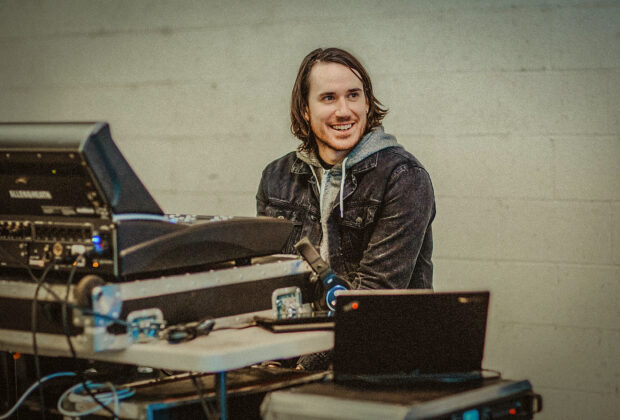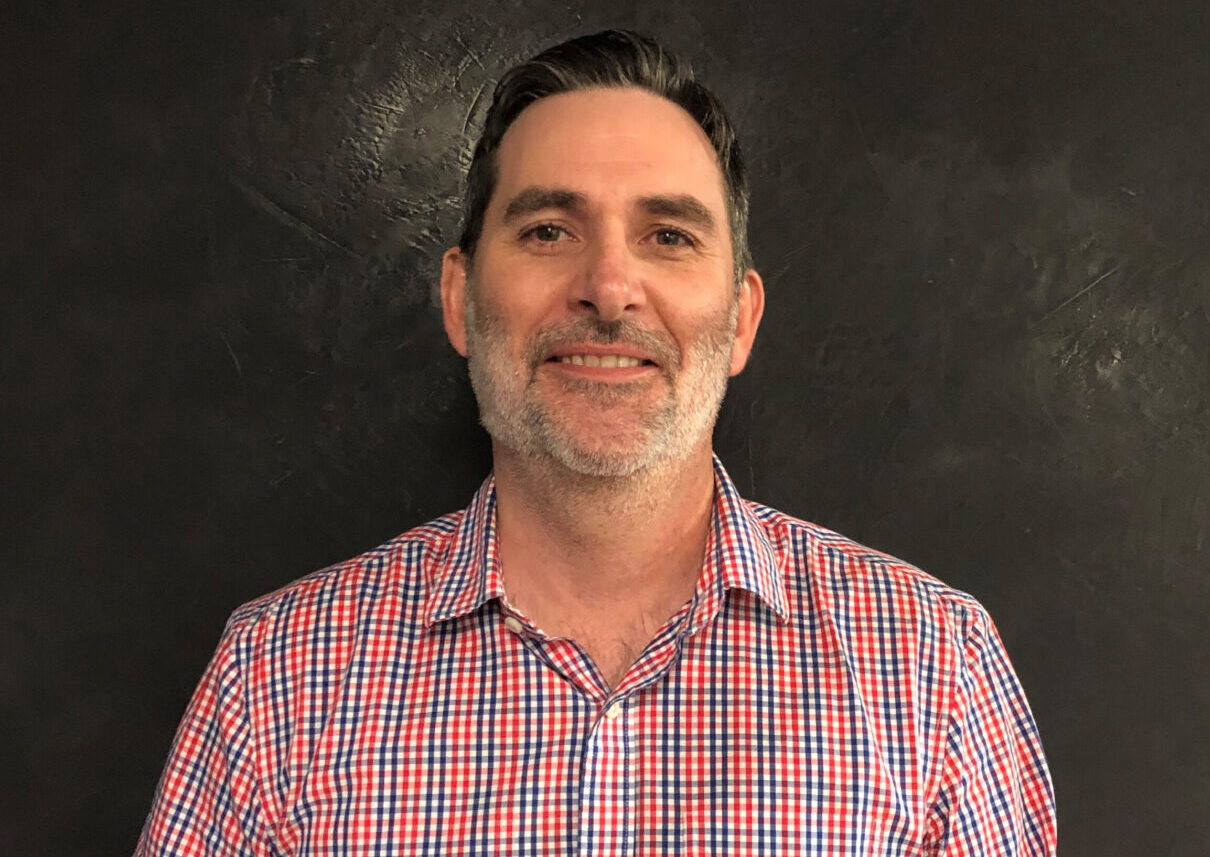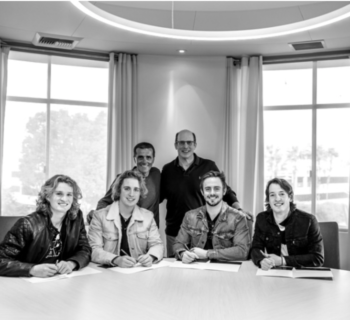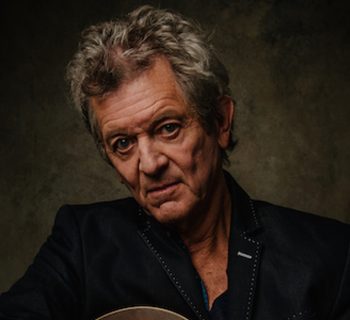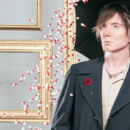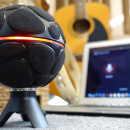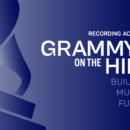Front-of-house (FOH) engineer Drew Thornton embarked on his audio odyssey from the heartland of Kansas. He studied engineering in Arizona and then made for New York City. There he honed his audio expertise through 5,000-plus shows and more than eight years of FOH combat at Rockwood Music Hall on the city’s Lower East Side. Later he graduated to such storied venues as Radio City Music Hall and Colorado’s Red Rocks Amphitheatre, as well as festivals including Coachella and Lollapalooza. Thornton has provided FOH services to Billie Eilish, Vérité and Sick Puppies, among others.
The path to success in the audio world is almost universally unique and rife with curves, dead ends and U-turns. Few jump from an engineering program to a world tour of the size and scope of Eilish’s. “I owe a lot to that little club,” Thornton observes of his near decade-long gig at Rockwood Music Hall. “I never saw it [as being] as big as it turned out to be. Getting into Billie’s camp happened because of the connections I made there. For example, the drummer Adam Christgau who’s worked with [Australian singer-songwriter] Sia and Miley Cyrus.”
Simulated soundchecks built into consoles have made it easier for engineers to optimize venue sound without the band having to be present. "You're able to go through a show virtually, which is a game-changer,” Thornton says. “Tomorrow I'll load-in, tune my rig and then bring up my mix. I'll listen and ask, 'What does my show actually sound like?' It's more helpful than anything. I find all the ugliness of the room acoustics early, suck it out and give back what I need later. I believe that it’s a process that all consoles include now."
There’s much to be learned from reviewing a recorded performance: which parts were strong, which were less so, and where improvements can be made. “In the first week or two of shows, I’ll go through the recordings and make notes,” Thornton explains. “We’ve reached the point where what we can do in the live world approaches what’s possible in the studio. The difference is that you can’t go back and remove noise or do these surgical things. But you can get closer than we used to.”
Since the dawn of modern music, certain venues have been embraced by FOH engineers while others have been dreaded. The ones that make Thornton shudder are those that suffer from various acoustical disadvantages. “I actually like stadiums,” he says. “Because they’re so big, usually you can’t hollow them out. Internal volume and square footage is so large that reflections of the low-end don’t become that big of an issue. It can become a problem in other parts of the room and that’s something you have to consider proactively.
“In my opinion, arenas are the most challenging venues in which to mix because they’re of the size to cause problems with your low-end because the frequencies can be long enough to cancel out certain ones and sum others. Stadiums, though, are so big that if you’re at a reasonable volume, you can probably have a decent show.”
Contact instagram.com/drewmthornton, 11audioproductions.com

